- Clone
- Poly19054 (See other available formats)
- Regulatory Status
- RUO
- Other Names
- Keratin, type I cytoskeletal 10, CK-10, keratin-10, cytokeratin 10
- Isotype
- Rabbit Polyclonal
- Ave. Rating
- Submit a Review
- Product Citations
- publications
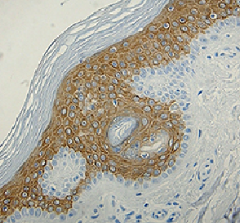
-

IHC staining of anti-Keratin 10 antibody (Poly19054) on formalin-fixed paraffin-embedded human skin tissue. Following antigen retrieval using Sodium Citrate, the tissue was incubated with the primary antibody at 1 µg/ml for 60 minutes at room temperature. BioLegend’s Ultra Streptavidin (USA) HRP Detection Kit was used for detection, followed by counterstaining with hematoxylin. -

Total lysates (15 µg protein) from Raw264.7 (Mouse Low expression negative control) and Mouse skin (Positive control) were resolved by electrophoresis (4-20% Tris-glycine gel), transferred to nitrocellulose, and probed with 1:500 (1 µg/ml) purified anti-Cytokeratin 10 antibody, clone Poly 19054. Proteins were visualized using chemiluminescence detection by incubation with HRP Donkey anti-Rabbit secondary antibody (Cat. No. 406401, 1:3000 dilution). Direct-Blot™ HRP anti-β-actin was used as a loading control (Cat. No. 643807, 1:8000 dilution).
| Cat # | Size | Price | Quantity Check Availability | Save | ||
|---|---|---|---|---|---|---|
| 905403 | 25 µg | 100€ | ||||
| 905404 | 100 µg | 280€ | ||||
Keratin 10 is a member of the type 1 (acidic) cytokeratin family. Keratins, in general, are heteropolymeric structural proteins which form the intermediate filament. These filaments, along with actin microfilaments and microtubules, compose the cytoskeleton of epithelial cells.
Product DetailsProduct Details
- Verified Reactivity
- Human, Mouse
- Reported Reactivity
- Dog, Non-Human Primate
- Antibody Type
- Polyclonal
- Host Species
- Rabbit
- Immunogen
- This monospecific polyclonal antibody was raised against a peptide sequence derived from the C-terminus of the mouse keratin 10 protein.
- Formulation
- Phosphate-buffered solution, pH 7.2, containing 0.09% sodium azide.
- Preparation
- The antibody was purified by affinity chromatography.
- Concentration
- 0.5 mg/mL
- Storage & Handling
- The antibody solution should be stored undiluted between 2°C and 8°C.
- Application
-
IHC-P - Quality tested
WB - Verified - Recommended Usage
-
Each lot of this antibody is quality control tested by formalin-fixed paraffin-embedded immunohistochemical staining. For immunohistochemistry, a concentration range of 0.5 - 5.0 μg/ml is suggested. For Western blotting, a concentration range of 1.0 - 10 μg/ml is suggested. It is recommended that the reagent be titrated for optimal performance for each application.
- Application Notes
-
This product may contain other non-IgG subtypes.
For use in Western Blot, this antibody detects mouse Keratin 10. We do not recommend this antibody for detection of human Keratin 10 by Western Blot due to dim signal. For lot-specific guidance on species reactivity in Western Blot, please contact BioLegend’s Customer Service. -
Application References
(PubMed link indicates BioLegend citation) -
- Adams JR, et al. 2011. Cancer Res. 71:2706.
- Lacroix M, et al. 2010. Proc. Natl. Acad. Sci. USA 107:21076-21081. (IHC) PubMed
- Hu Y, et al. 2001. Nature 410:710.
- Yuspa SH, et al. 1989. J. Cell Biol. 109:1207.
- Liang Y. 2011. Patholog. Res. Int. 2011:936794. (IHC) PubMed
- Roop DR, et al. 1984. J. Biol. Chem. 259:8037.
- Product Citations
-
- RRID
-
AB_2616955 (BioLegend Cat. No. 905403)
AB_2616955 (BioLegend Cat. No. 905404)
Antigen Details
- Structure
- Keratin 10 is a 59 kD protein.
- Distribution
-
Cytoskeleton, extracellular, and nucleus.
- Function
- Keratin 10 generally associates with keratin 1. Keratin 10 mutations are associated with epidermolytic hyperkeratosis.
- Biology Area
- Cell Biology, Cell Motility/Cytoskeleton/Structure, Neuroscience, Neuroscience Cell Markers
- Molecular Family
- Intermediate Filaments
- Gene ID
- 3858 View all products for this Gene ID
- UniProt
- View information about Keratin 10 on UniProt.org
Related Pages & Pathways
Pages
Related FAQs
Other Formats
View All Keratin 10 Reagents Request Custom Conjugation| Description | Clone | Applications |
|---|---|---|
| Purified anti-Keratin 10 | Poly19054 | IHC-P,WB |
Customers Also Purchased
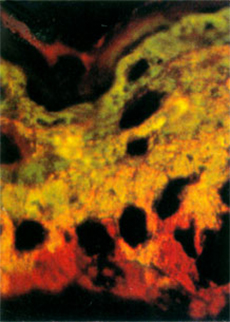
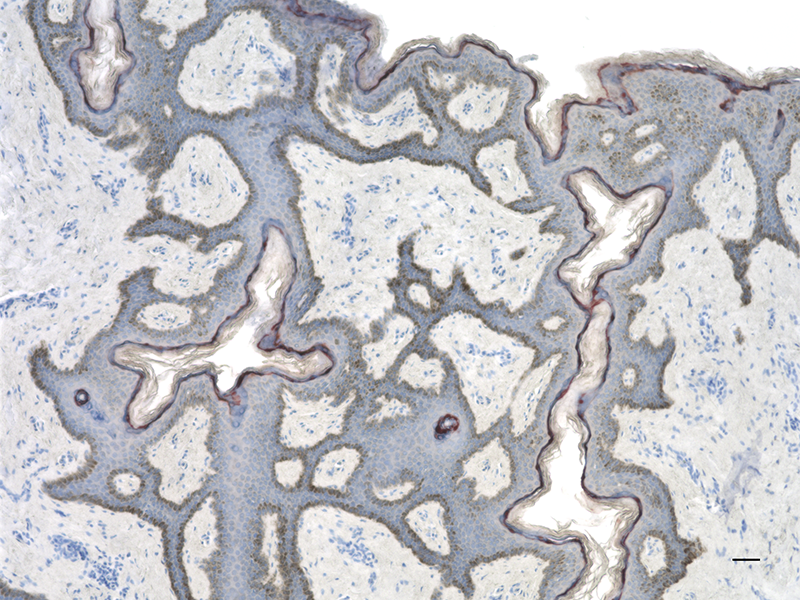
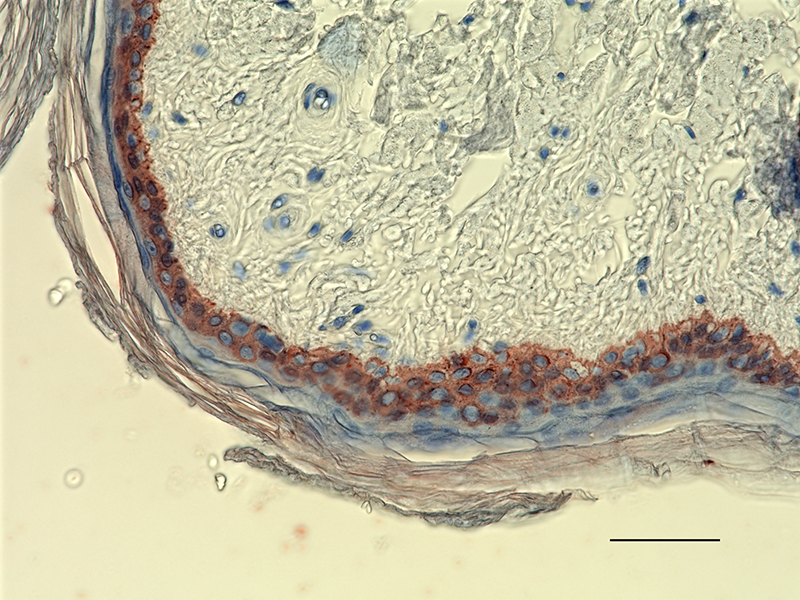
Compare Data Across All Formats
This data display is provided for general comparisons between formats.
Your actual data may vary due to variations in samples, target cells, instruments and their settings, staining conditions, and other factors.
If you need assistance with selecting the best format contact our expert technical support team.

 Login / Register
Login / Register 




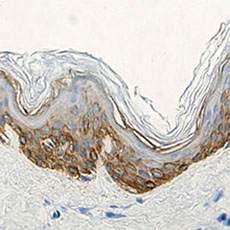
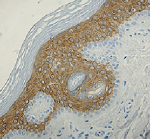




Follow Us